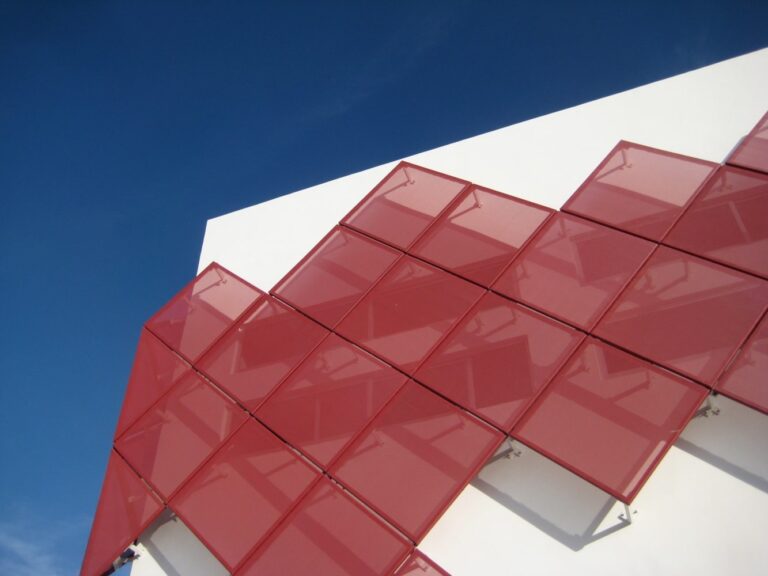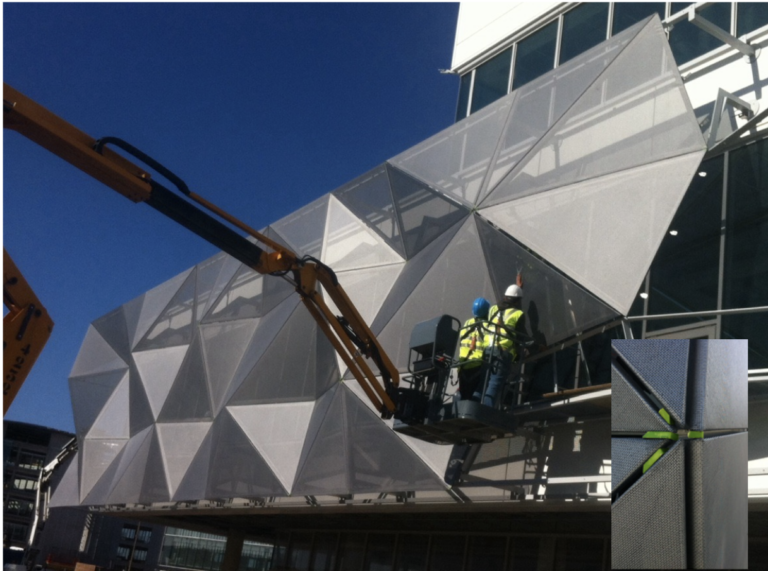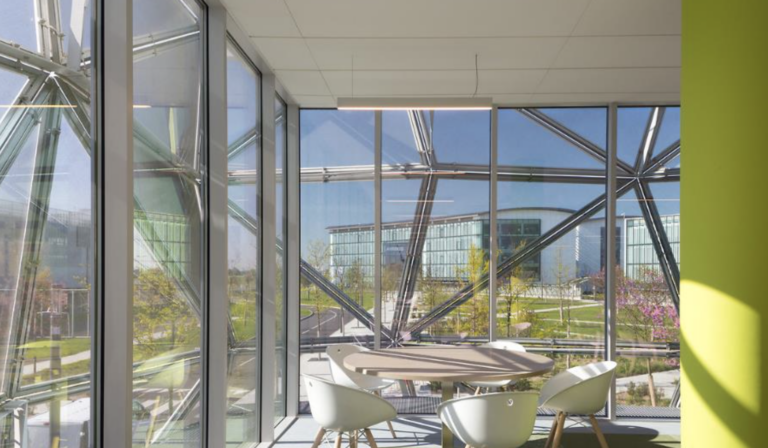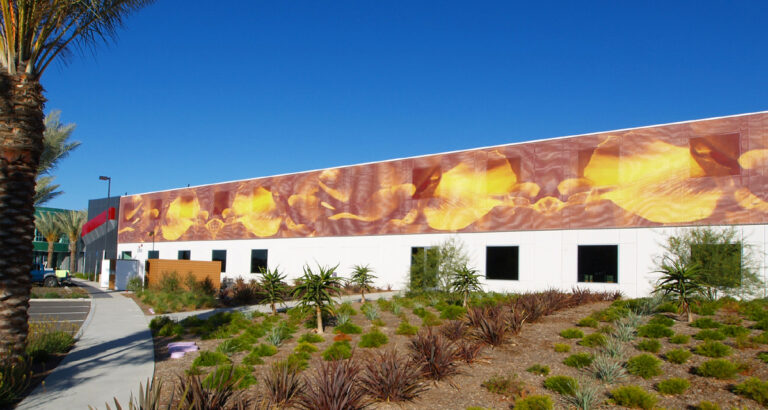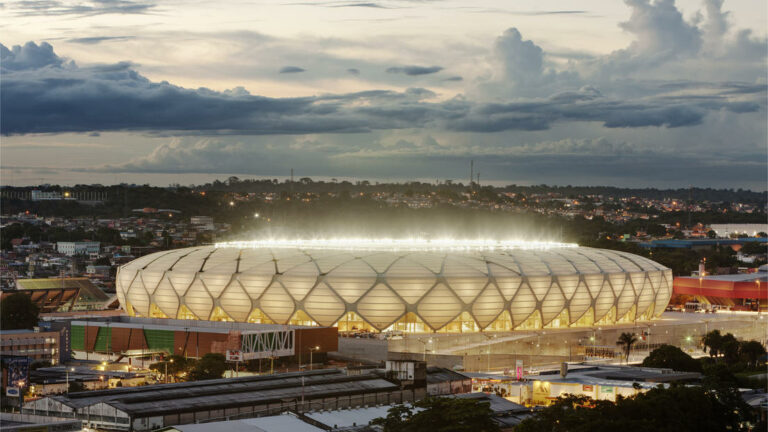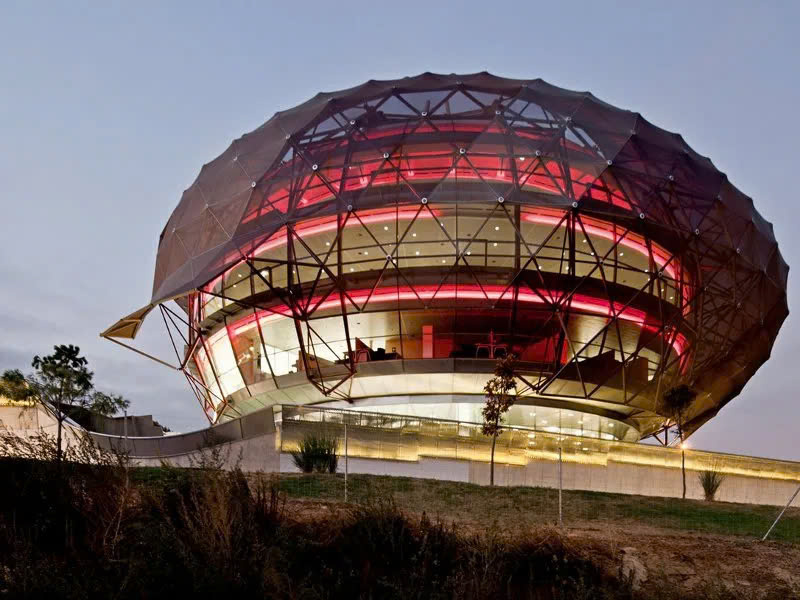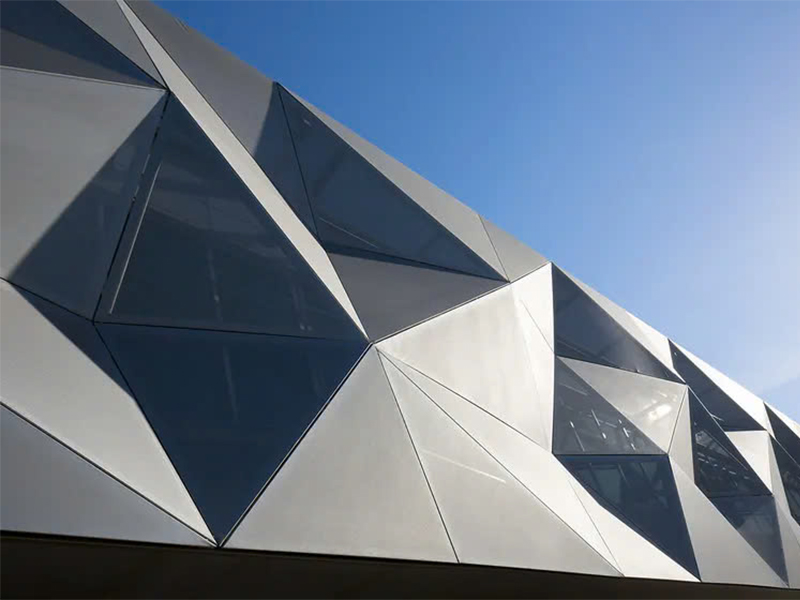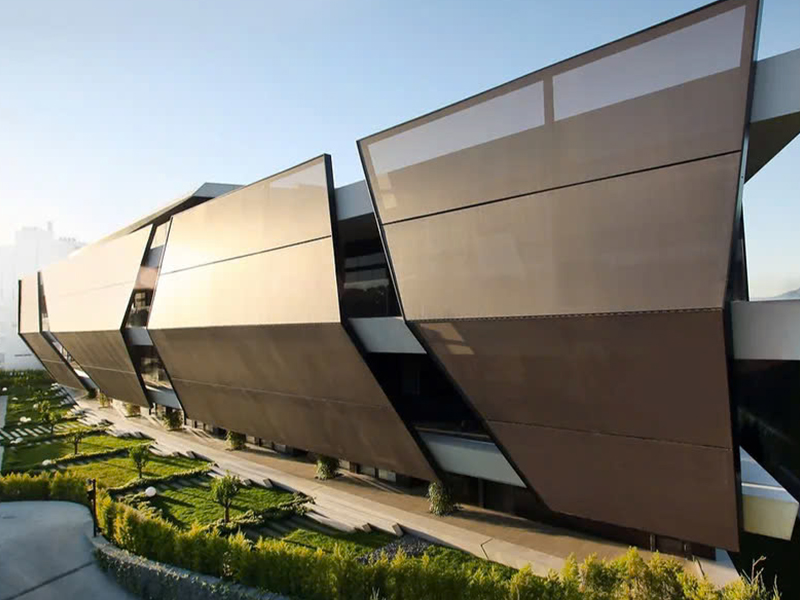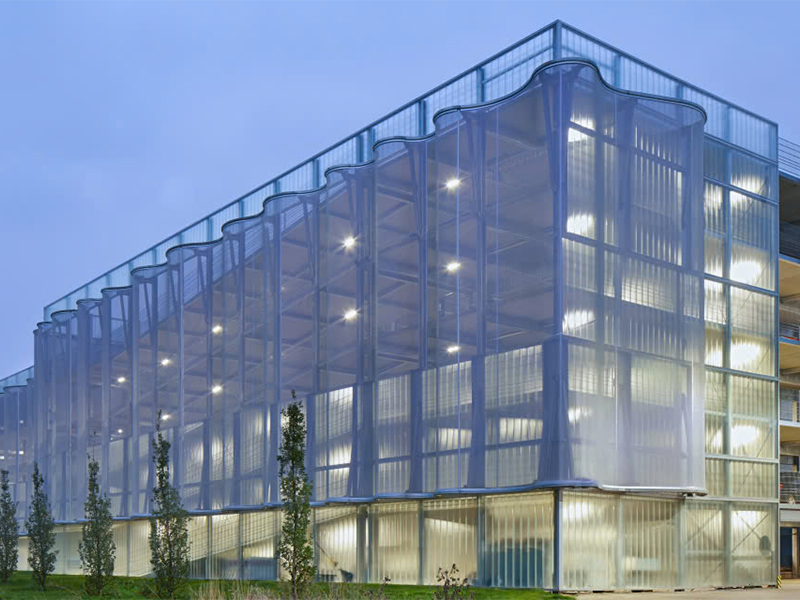Current Situation and Solution: Understanding the Operating Principle of Fabric Facade in Architecture
The Fabric Facade principle is the foundation for the effective operation of high-tech fabric facade solutions, playing an important role in controlling the temperature and light of the building. When sunlight shines in, the special fabric layer has the ability to reflect or absorb heat effectively, significantly minimizing the thermal impact on the interior. At the same time, Fabric Facade allows natural light to pass through reasonably, ensuring that the interior space is always bright without overheating, providing comfort and contributing to significant energy savings.
Technical Requirements & Context Analysis
In the context of modern architecture, the demand for facade solutions that not only meet aesthetic requirements but also optimize energy efficiency and create a sustainable living environment is increasing. Traditional facade systems often face problems such as high heat absorption, causing the greenhouse effect, and requiring high operating costs for cooling systems. Therefore, the research and application of the Fabric Facade principle is necessary to overcome these limitations, providing a building envelope that can effectively insulate, regulate natural light, and withstand harsh weather conditions.
Technical Solutions and Implementation Process
The Fabric Facade solution works based on a combination of high-tech fabric materials and specialized tensioning systems, adhering to strict engineering principles.
Structure and Function of Fabric Facade
The Fabric Facade system is composed of two main components, each with its own technical function:
- Technical fabric materials: High-tech fabrics such as MESH (mesh fabric), PVC/PES PVDF (Polyvinyl Chloride/Polyester with Polyvinylidene Fluoride coating), PTFE (Polytetrafluoroethylene), or ETFE (Ethylene Tetrafluoroethylene) is the core component.
- Thermal insulation: These materials are designed to minimize heat absorption, helping to maintain cool temperatures inside the building through reflecting and absorbing solar energy.
- UV protection: Special coating helps block harmful ultraviolet (UV) rays, protecting interior spaces from the effects of solar radiation and prolonging material life.
- Versatility: Fabrics can be printed with patterns, colors, or integrated with LED lighting systems, allowing for unique aesthetic effects and high customization.
- Tensioning system and steel frame: Consists of aluminum or stainless steel frame (304, 316 stainless steel) and tension cable or brace system.
- The frame and tensioning system ensure that the fabric is always flat and does not sag or deform under the impact of wind loads or environmental factors.
- This system provides stability and durability for the entire facade, ensuring load-bearing capacity and design life.
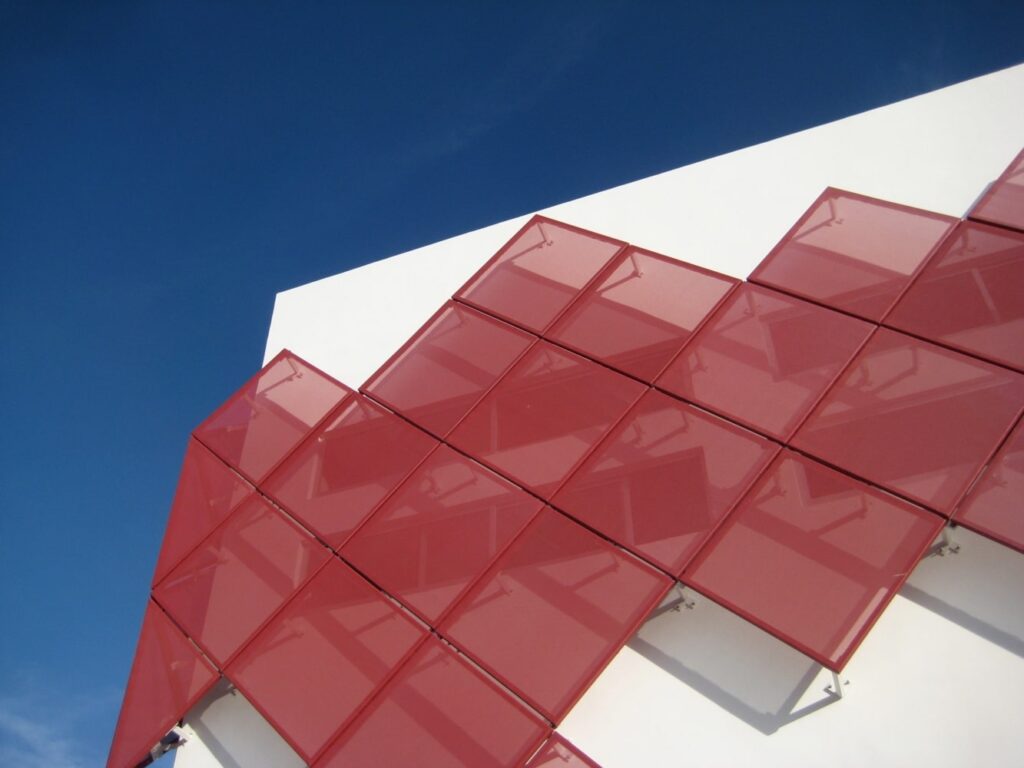
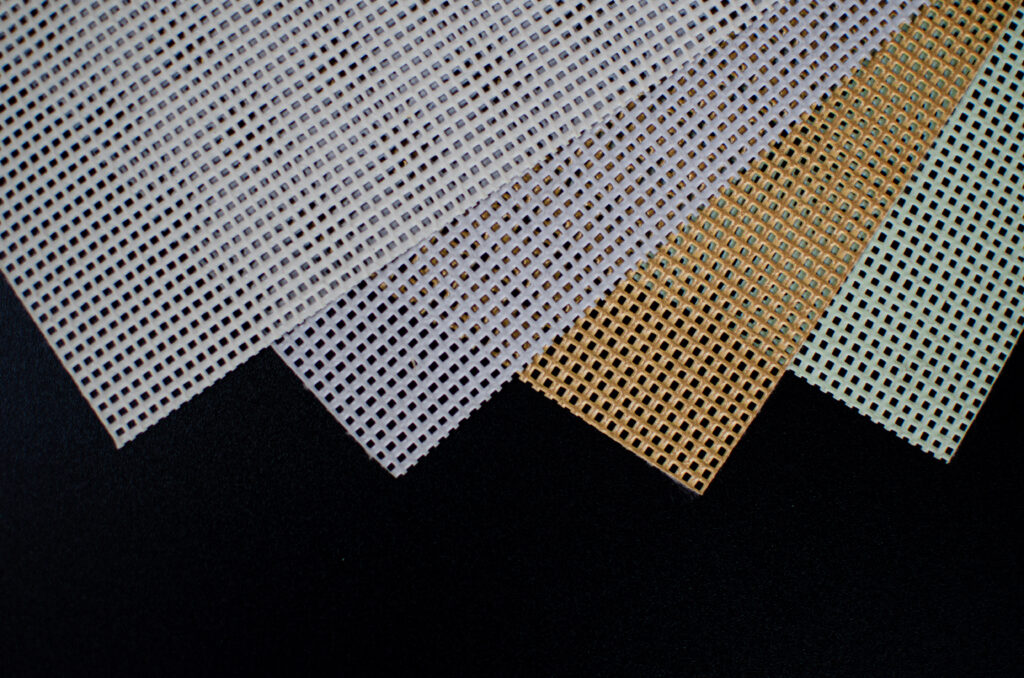
Thermal Impact Reduction and Light Regulation Mechanism
The Fabric Facade principle in reducing thermal impact and regulating light is based on the following mechanisms:
- Reflects and absorbs sunlight: The fabric is designed to reflect a large portion of solar radiation and absorb heat effectively, helping to reduce the amount of heat transmitted into the building.
- Passive insulation: The air space between the fabric and the building surface creates a natural insulation cushion, preventing direct heat transfer from the outside environment to the inside.
- Diffused light regulation: Fabric Facade allows natural light to pass through in a diffuse manner, softening the light, reducing glare and uniformizing the light intensity in the interior space without causing a greenhouse effect. This significantly reduces the need for artificial lighting.
- Reduced energy consumption: Thanks to its ability to insulate and regulate light, buildings using Fabric Facade significantly reduce costs for air conditioning and lighting systems, contributing to the goal of energy saving and sustainable development.
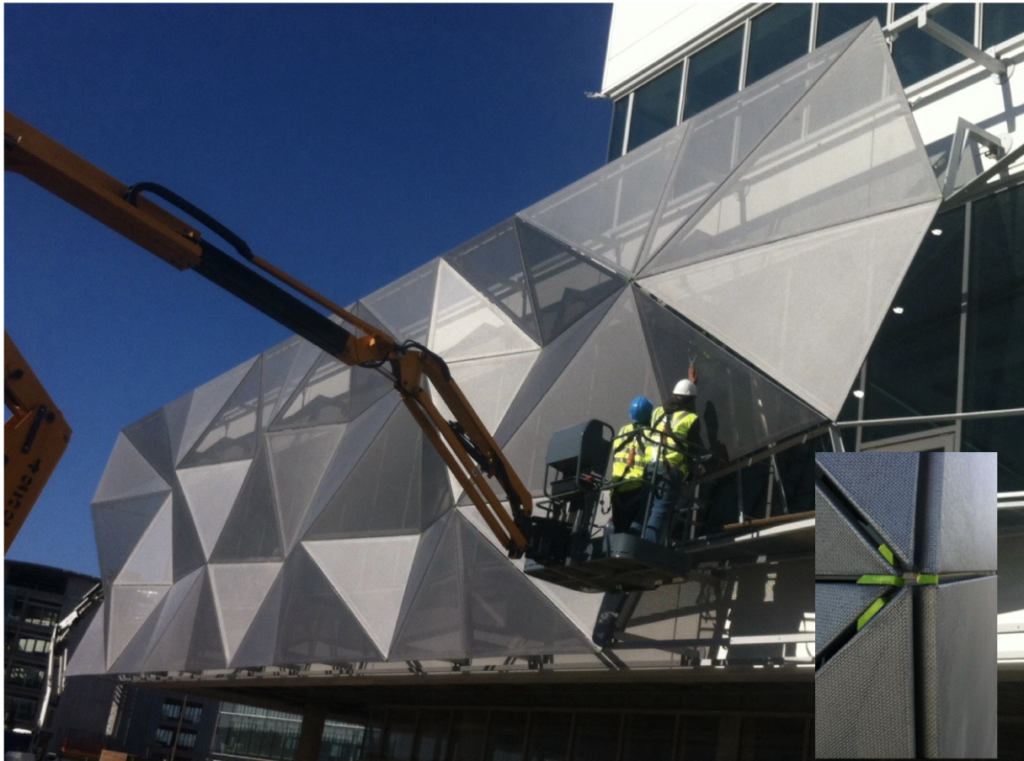
Results and Performance Evaluation
Applying the Fabric Facade principle in real projects has brought significant results:
- High energy efficiency: Projects using Fabric Facade typically record a reduction in cooling energy consumption of 20-70%, depending on climate conditions and specific design.
- Improve the quality of the interior environment: Stable temperature, soft light and the ability to reduce outside noise create a more comfortable and convenient living and working space.
- Resistance to extreme weather conditions: The Fabric Facade system is designed to withstand strong wind loads, heavy rain, and UV radiation, ensuring durability and longevity of the structure in diverse climatic conditions.
- Enhance aesthetic and brand value: Flexibility in shaping and printing on fabric surfaces allows for the creation of unique architectural accents, enhancing the aesthetic value and brand recognition of the project.
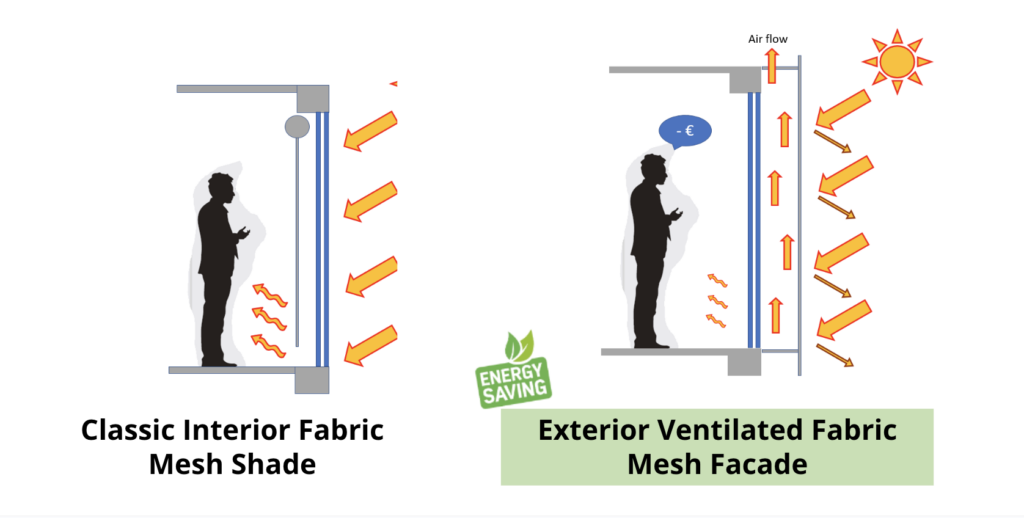
Contact Technical Consulting
Flexiiform is a professional unit in consulting, designing, and constructing Fabric Facade solutions based on the deep application of Fabric Facade principles. We are committed to providing optimal solutions, meeting strict technical standards and specific requirements of each project.
To receive in-depth advice on Fabric Facade solutions and their applicability in your project, please contact:
Flexiiform Company Limited
Website: https://flexiiform.vn/
Phone: [Add contact phone number if available]
Email: [Add contact email if available]


